I resided in Zhongli, Taoyuan, for two months at the very end of 2015 for reasons outlined in my first dispatch. In short: I wanted to try out living in another city in Taiwan and had a few good friends in the area, one of whom is fellow Canadian blogger Josh Ellis. In my time in Zhongli I captured numerous scenes from everyday life in this burgeoning conurbation of half a million. This post is meant to convey a sense of what it was like to live there for a while—just as I previously did for my time in Wenshan District, Taipei. It is not meant to be a comprehensive guide or a review; think of this as a loose collection of snapshots and impressions of a mid-sized Taiwanese city not commonly documented in English.
As with many mid-sized Taiwanese cities Zhongli is organized around its central train station. I made frequent trips to Taipei while living there so I often spent time on the bustling streets around the main exit. My apartment was only about a five minute walk from the station, a convenience I previously enjoyed at my apartment in Changhua City the previous winter. Not more than once did I hop on a local city bus—all my transportation needs were taken care of by easy access to the railway network and my bicycle.
I found my place in Zhongli on 591, the usual reference for rentals in Taiwan, by searching for short-term lodging (可短期租賃). Although the sign out front proudly declares “serviced apartments” what I ended up with was more like a hotel without any kind of service at all. Actually, I often wondered if the public areas of the building had ever been cleaned since the building was renovated. And the interior decor choices—truly something special, as you can see.
My room was comfortable and the furnishings were modern but it was by far the smallest place I’ve lived in Taiwan (and that’s saying something). That’s mainly because of a huge bed taking up most of the room and a long desk, ideal for my dual laptop setup. Most mysterious were my neighbours, plenty of whom only seemed to show up late at night and on weekends. A friend suggested that the building, due to its somewhat flashy look and close proximity to several of Zhongli’s innumerable KTVs, might have been the sort of place where a man rents out a dedicated room for a mistress (or whatever). Whatever the case, nobody ever bothered me in the slightest, and in fact I don’t recall exchanging words with anyone in the building apart from the friendly staff in the front office.
Zhongli is often maligned as one of Taiwan’s most poorly planned cities, a reputation that I feel is entirely undeserved. Part of the reason seems to be pure prejudice—read this article and you’ll see many derisive comments about (mostly) Southeast Asian foreign workers, of which there are many all over Taoyuan. On weekends, particularly Sundays, these workers take trains and buses from outlying industrial parks to congregate around the train station, shop, and socialize. Some Taiwanese remarked that a visit to Zhongli feels like a trip to another country as if that’s a bad thing.
What all of that has to do with urban planning is beyond me. Zhongli is a decent size for biking around, the layout is fairly simple, and most of the roads are relatively wide and easy to navigate. There are drawbacks, of course, but they aren’t unique to Zhongli; most mid-sized Taiwanese cities suffer from cramped and crowded shopping streets, a general lack of sidewalks and green space, polluted waterways, and a railway line that cleaves the urban core in two and leads to a bipolar pattern of development. At least Zhongli has some nice parks, a surprisingly pleasant riverside promenade, and several modern civic amenities. If anyone without much firsthand experience with Zhongli tells you that it has terrible urban planning—don’t believe the hype!
One thing I found somewhat peculiar about Zhongli is the relative lack of lively temples compared to other places I have lived in Taiwan. Rénhǎi Temple (仁海宮) is pretty much the only temple in the downtown core that has much of anything going on (and by that I mean fireworks, processions, celebrations, big crowds, and so on). There are others at the periphery but Renhai really stands out as the temple to visit when you’re in town.
Near the back of Renhai Temple one will find an alcove with many idols from the pages of Investiture of the Gods (Fēngshén Yǎnyì 封神演義), a classic work of Chinese literature that sounds not unlike a comic book filled with superheroes. This is part of an astrological tradition known as Tài Suì (太歲), and while many Taiwanese temples have similar collections of gods, this set looks rather cool. I have developed a particular fondness for Yáng Rèn (楊任), a deity with arms coming out of his eyes (and eyes on his palms), and now make an effort to photograph him whenever I chance upon him. I wonder, was he the inspiration for that creepy monster in Pan’s Labyrinth? (Definitely not, but it’s fun to think about.)
Another thing I saw little of in Zhongli was Japanese colonial era architecture, particularly of the Baroque Revival variety that I have taken such a shining to. There are a handful of storefronts near the train station but one of the few buildings that stands out, formally known as the former residence of Wú Hóngsēn (吳鴻森故宅), was a hospital. Actually, very little in the city feels all that old. It isn’t all new either—just somewhere in between, with little of the vintage charm of places like Tainan, Changhua, or even Hsinchu for that matter. The few old shophouses I noticed were also more utilitarian than those in nearby Yangmei and Daxi.
Follow Zhongzheng Road west of the station, cross the river, and you’ll find an older area with a number of interesting features. Market stalls line the streets in this area and there are numerous restaurants around. In the center of it all you’ll find the hulking ruins of Xīnmíng Theater (新明戲院), a building I passed by several times before looking up, deciphering the characters, and realizing what it was. It never ceases to amaze me how daily life is so closely interwoven with monumental ruins in much of urban Taiwan.
If you’ve read my blog much at all you already know that I’ve become an avid urban explorer here in Taiwan. Naturally I was curious about what ruins I could find in Zhongli and, on several occasions, biked around the city in search of what might be seen. Most of the city within the outer ring road has been subject to urban renewal campaigns in recent years so there weren’t many abandoned residences to explore—but I did find several disused and derelict commercial buildings of one kind or another, particularly old movie theaters.
It was in Zhongli that my nascent interest in old movie theaters1 grew into something far more serious. When I visited the city to sign for my new apartment I chanced upon an old theater at the end of one of the shopping streets extending outward from the station front. Not long after moving in I found the aforementioned Xinming Theater. And from there I began a more systematic search based on my growing understanding of patterns of economic development and commercial activity. Zhongli became my first laboratory, a place to test out preliminary hypotheses about how many old school theaters one might expect to find in a city of its size—and where. I hit the streets, rode around, and looked up what information I could find on the internet to establish that Zhongli, at one point in the 1990s, had more than a dozen theaters. Of these, several have been demolished or proved inaccessible, two were thoroughly explored (including this magnificent specimen), and one remains defiantly in operation (more on that later).
Previously I mentioned a bipolar pattern of urban development in Taiwan, a consequence of the railway line that runs through most settlements of appreciable size on both sides of the main island2. This manifests as a station front, which opens onto the commercial center of the city and the greater share of its residents, and another side of the city on the back of the station with much less going on. With the railway line running along at ground level this necessitates a series of bridges, tunnels, and crossings to stitch both halves of the city back together again. Further complicating matters are the fact that these linkages are typically subdivided into laneways for automobiles, scooters and bicycles, and pedestrians. It is not uncommon for cars to have to drive over a bridge while two-wheelers plunge into small tunnels running beneath the railway line at the same spot, sometimes at odd angles (as is the case in Zhongli). This leads to some rather elaborate arrangements of concrete and asphalt.
The back side of the station is mostly residential with the exception of Chung Yuan Christian University (中原大學), which juts out from the city like the hooked tail of a comma. This part of town is admittedly something of a planning disaster. The university is just far enough away from the station that you’d want a scooter or some other vehicle to get there—and despite the high population density in the area the streets are generally narrow, leading to frequent traffic jams.
This is also the site of Zhongyuan Night Market (中原夜市), the second most vital in the city, as well as Zhōngyuán Theater (中源大戲院), one of Taiwan’s last remaining movie houses still posting hand-painted adverts (until 2020 anyway). Both the night market and the theater benefit from the enormous crowds that necessarily flow through the streets next to the university. The sheer number of options is somewhat overwhelming—but you can do no wrong by sampling the famous soup dumplings in the heart of the night market previously mentioned here.
The weather in Zhongli is noticeably different from nearby Taipei, a consequence of its more exposed position on the Taoyuan Plateau (桃園台地). I was only there for a short time toward the end of the calendar year but managed to experience a taste of all seasons. Some days were hot and sunny, many more were gloomy and overcast, and there were a few bouts of rain but nothing like Taipei. What I found most arresting was the incessant wind, a phenomena more commonly associated with nearby Hsinchu. Air pollution was occasionally difficult to deal with—particularly when the wind died down. I meant to cycle back to Taipei on moving day but had to take the train when a disgusting haze descended over northern Taiwan and particulate matter levels spiked at a monthly high. Riding in such miserable conditions is not only unpleasant, but also stupid.
Ordinarily I spend my working day in cafes. This is one area in which I found life in Zhongli somewhat challenging, for there were few options that met my criteria: good coffee, open late, strong wifi, ample outlets, comfortable seating, and so on. Only two cafes emerged as regular standbys, though I had a handful of other choices if I really needed variety. One was the well-designed Table No. 2 Coffee Roasters, located on the northeast side of town just outside the ring road, and the other was the artsy Xiang’er Cafe (想貳咖啡) in the heart of the city (now closed). I’ll grant honourable mentions to the ornate Qùliúlàng (去流浪) on the south side of town and Promised Land (諦風咖啡) just around the corner from my old building.
I was living in Zhongli in the run-up to the hotly contested 2016 general election not far from both campaign headquarters. Sound trucks and vested volunteers regularly roamed my neighbourhood, blaring slogans and handing out free goodies (which, I assure you, did not influence my vote in the slightest). The DPP put on a huge rally one street over from my apartment one day—but I didn’t stick around to see Tsai Ing-wen take the stage. The KMT, meanwhile, ran a low-key campaign that did not seem to connect with voters in this traditionally blue area. From these observations it seemed to me like the DPP underdogs had far more momentum—but the KMT candidate, Apollo Chen (陳學聖), despite attaching his fortunes to the cuckoo candidacy of Eric Chu (朱立倫), went on to win the legislative seat.
After working late into the evening at cafes I would often go for a ride and end up at Zhongli Night Market (中壢夜市) in the northwest part of town. By my standards this is a rather good night market with plenty of variety and a fine mix of famous old shops and novelty items. My pal Josh has already done a bang-up job introducing this night market to English readers so I highly recommend scoping out the pictures and explanations here, here, here, here, and here.
I couldn’t very well write anything about my experience in Zhongli without making reference to Papa’s Secret Lover (阿爸の情人), easily one of my favourite restaurants in Taiwan. The ground floor is full of Taiwanese antiques and the dining room upstairs looks like it hasn’t been cleaned in decades—but that’s all part of the charm. With a constant soundtrack of vintage Taiwanese music (some of it even in Japanese) and a menu full of classic dishes with Hakka influences, eating at this restaurant feels like stepping out of a time machine. Tea and beer alike are served in small bowls and a jug of local peanuts is available at every table. I have seldom been to other restaurants that capture such a classic Taiwanese vibe without being at all gimmicky about it.
Zhongli, much to my surprise, has several good bars to choose from, depending on what your tastes are. For craft beer the best place in town is Hop In (精釀啤酒小舖), a cozy spot with an awesome rotating selection of draught and bottled beer, both local and imported, as well as a friendly set of regulars. On several occasions I ventured out to Hideout Bar (藏匿餐酒館), secreted away in one of the big city parks, for mixed drinks. The bartenders compete and occasionally practice their bar flair while making drinks. Bar Hide, presumably under the same ownership, is located in another park, and focuses more on high-calibre whisky and cocktails. The ambiance is dusky and intimate, with a long wooden bar that seats eleven, no standing, and no menu, much like Ounce in Taipei (still my favourite bar in Taiwan). It was a pleasant surprise to discover that Zhongli has such a fine assortment of options for anyone inclined to a strong drink after a hard day’s labour.
Whereas the bar scene in Zhongli is rather good I can’t say the same for the nightclubs. The River is the most notorious—but it’s essentially just a dive bar that occasionally hosts bands and DJs. There was one night with a good line-up of Taiwanese techno DJs but the sound system left something to be desired and there was hardly any room to dance. Another night I went to check out Search, the local all-you-can-drink mega-club, mostly out of curiosity and boredom and perhaps even a mild touch of masochism. It was pretty much what you’d expect: a smoky, messy affair, with cruddy EDM and plenty of wasted people behaving badly. Out of these experiences emerged a commitment to stay and drink in Zhongli when I had the urge—and make the hourlong trip to Taipei for a proper night of carousing.
I gravitated toward a night owl schedule while living in Zhongli. Often I would be eating my last meal sometime before dawn after riding my bicycle around town for some exercise. I got to know all the late night spots quite well, particularly the 24-hour Yǒngchuān Beef Noodle (永川牛肉麵), which serves up a Sichuan-inspired version of the Taiwanese staple. Interestingly, the shop is located in the ground floor of the same building that houses Xinming Theater. I must have eaten there two or three times before realizing this famous shop occupies the ground floor corner of an immense ruin.
Ordinarily I am a fan of Taiwanese “breakfast” shops—all-night eateries serving up soy milk, steamed buns, dumplings, an do so—but did not manage to find a favourite in Zhongli. I must have sampled at least a dozen but found them all to be equally mediocre or worse. Usually I manage to hit upon one local shop that does everything a little better than the rest but not here—hence spending most of my nights over a bowl of piping hot and spicy beef soup, or perhaps a plate of fried rice, noodle soup, teppanyaki, or any number of other options after dark.
Without speaking a lot of Chinese my interactions with Zhongli’s dark and seedy underbelly were limited to observations recorded while riding around town at night. Zhongli has a reputation for being a center of organized crime activity—and the unusual concentration of KTVs, talking bars, and dubious-looking massage parlours lends some credence to this idea. One particular establishment regularly attracted my attention while biking home after dinner as it was their custom for the uniformed working girls to burn joss paper (ghost money) on the street before starting their shift. It perplexes me that Zhongli would be home to so many businesses of this nature. Is demand really so high? Who patronizes these places anyway? But these are idle thoughts—and I went to no great lengths to solve this mystery, or even document it on film.
After two months in Zhongli I decided to move back to the big city of Taipei to be more connected for the holidays, fulfilling a vow I made the previous year. Despite its sordid reputation I enjoyed living in Zhongli for a while and will certainly return to visit. For more about Zhongli have a glance at my first dispatch, check out vintage theaters abandoned and still prosperous, and see the city from the rooftops.
- This story begins in Taitung City at the historic Datong Theater 大同戲院. Since I have already explained something of the origin story in that post I won’t repeat myself here. ↩
- A few more examples of more or less circular cities with ring roads, a central station, and a bipolar pattern of development: Yuanlin, Douliu, Chiayi City, and Pingtung City. Even Taichung has something like this going on. There is, however, a movement to elevate railway lines running through urban centers, thereby connecting both halves to spur development, ease traffic, and improve aesthetics. This effort has already borne fruit in Yuanlin, for example. ↩
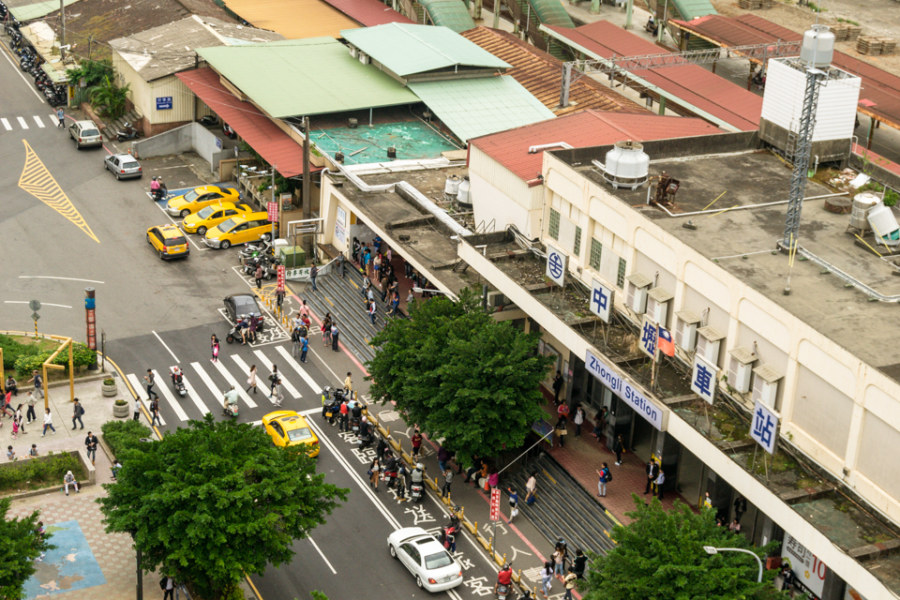
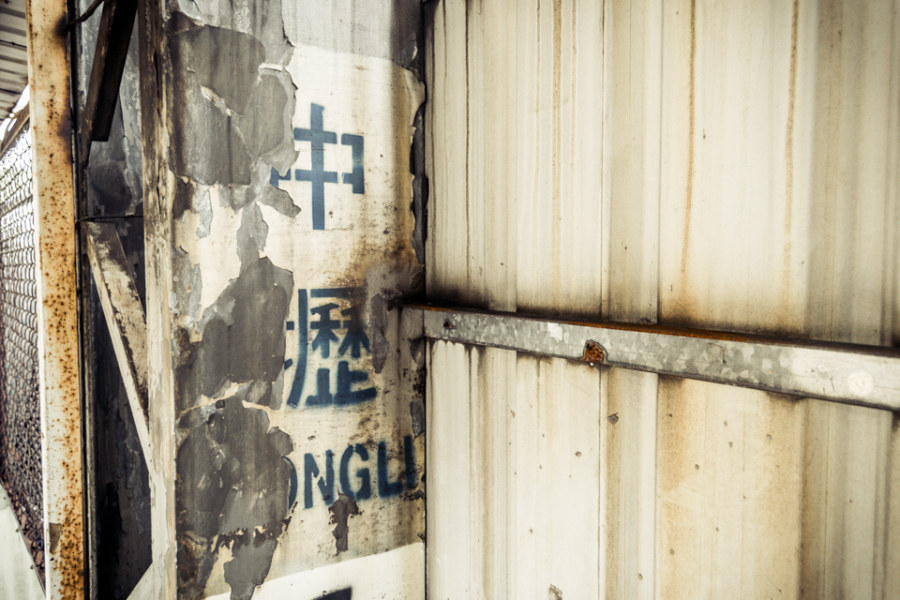
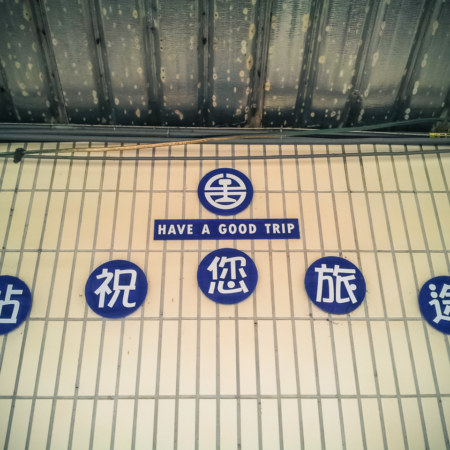
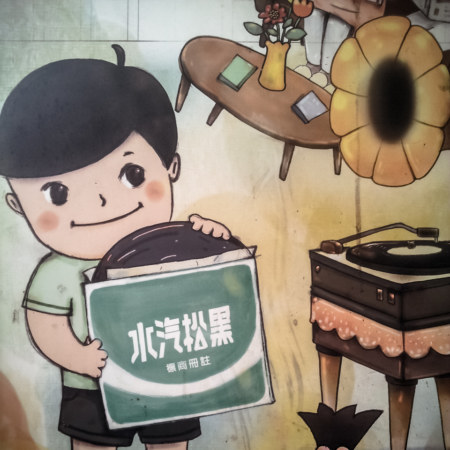
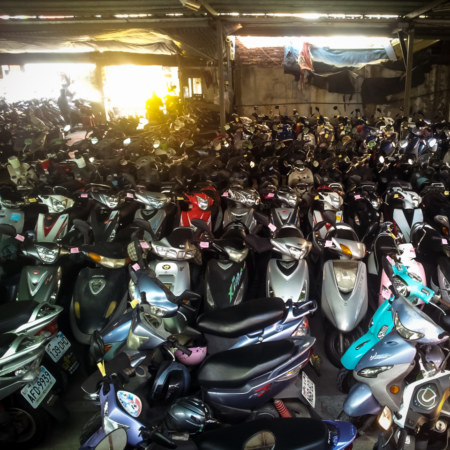
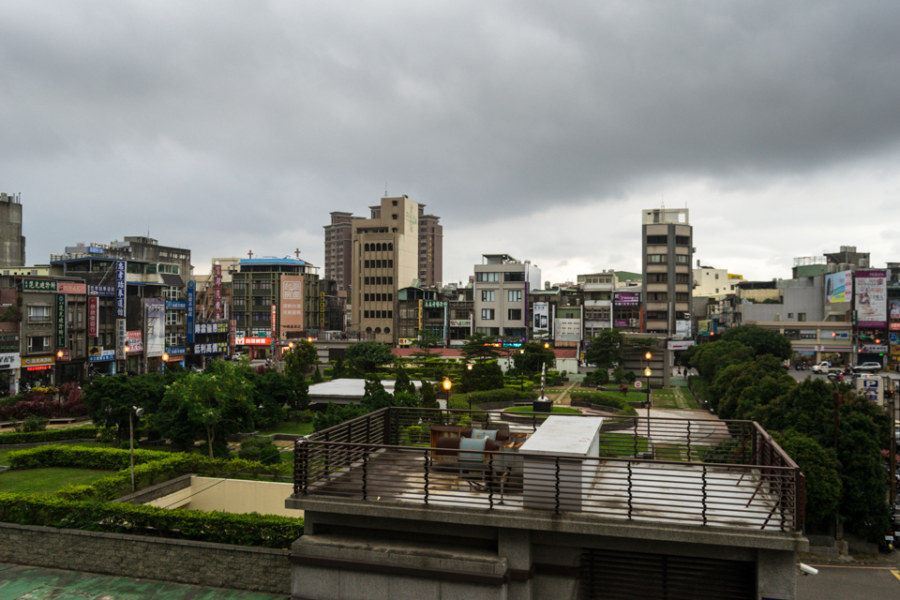
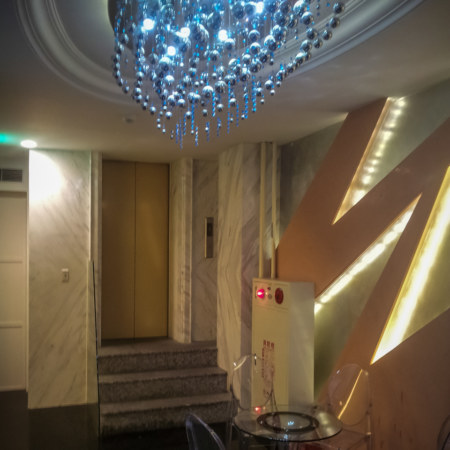
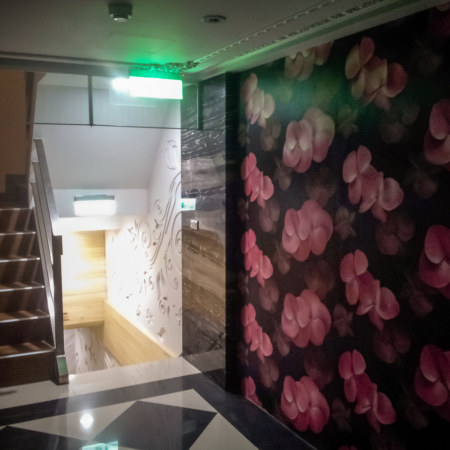
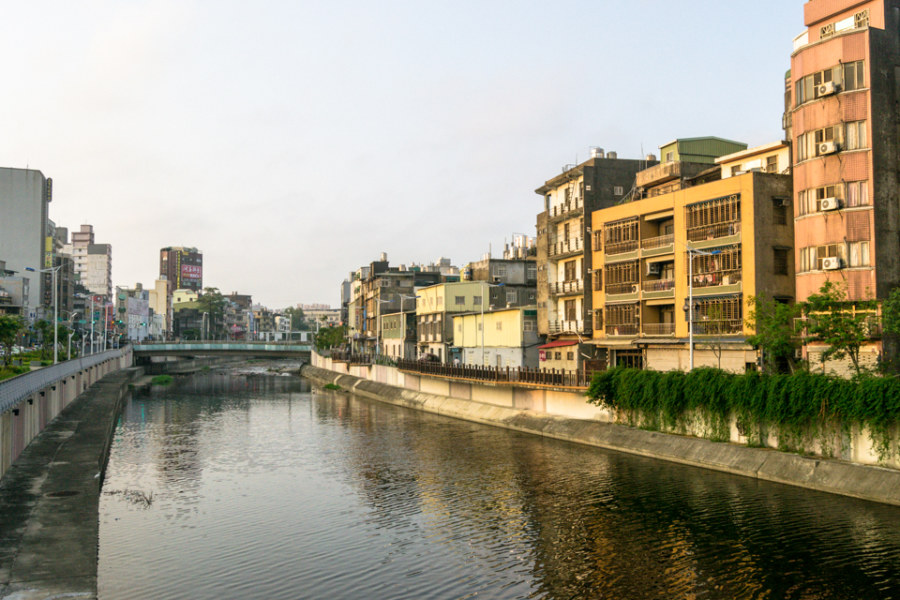
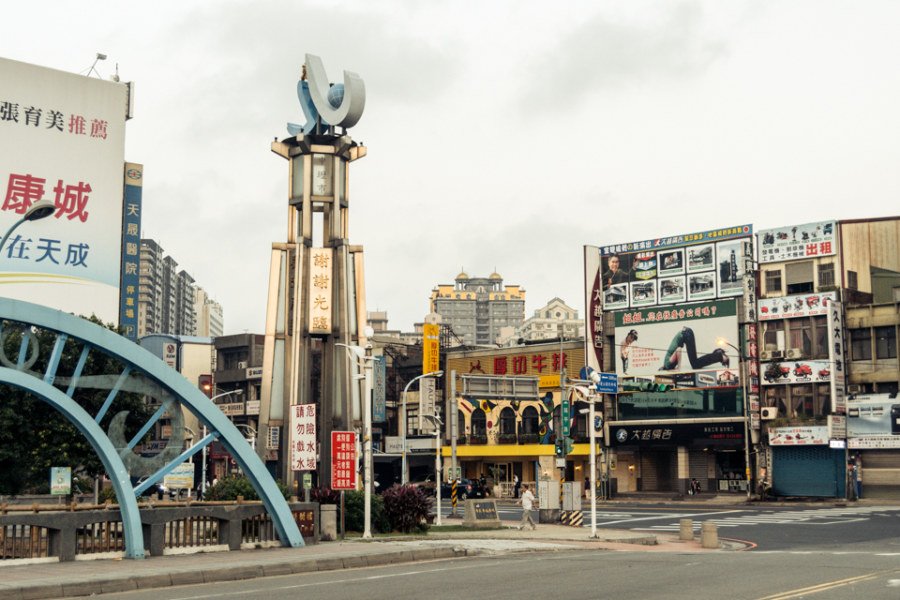
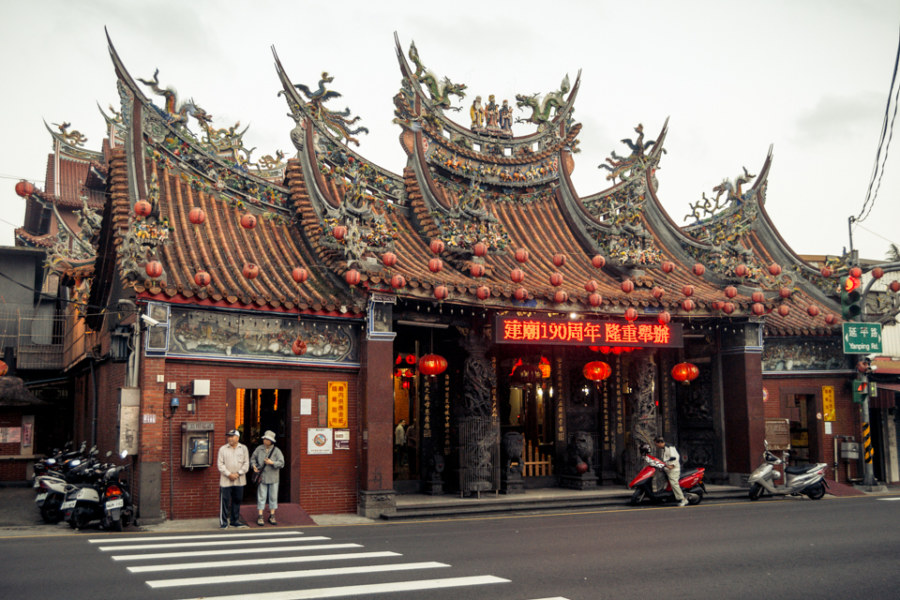
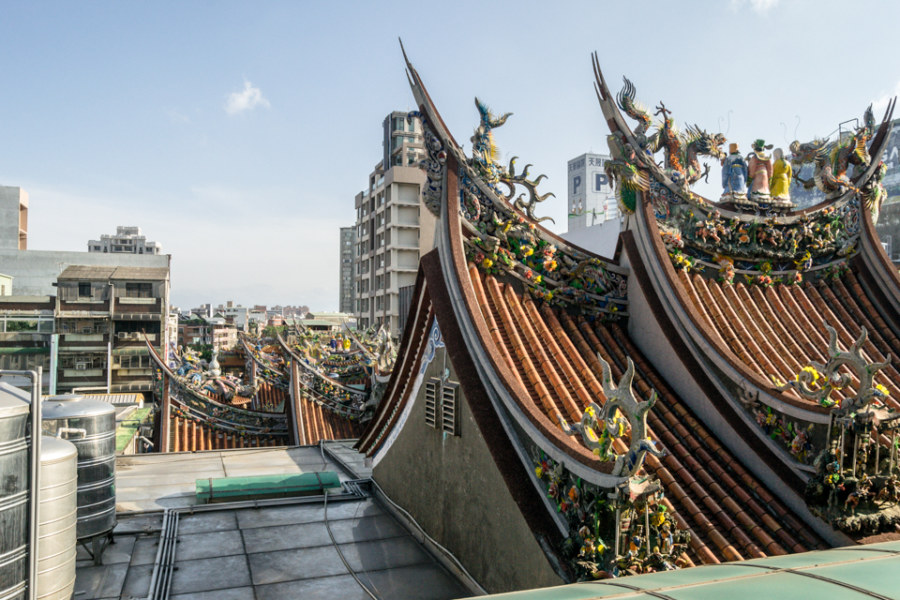

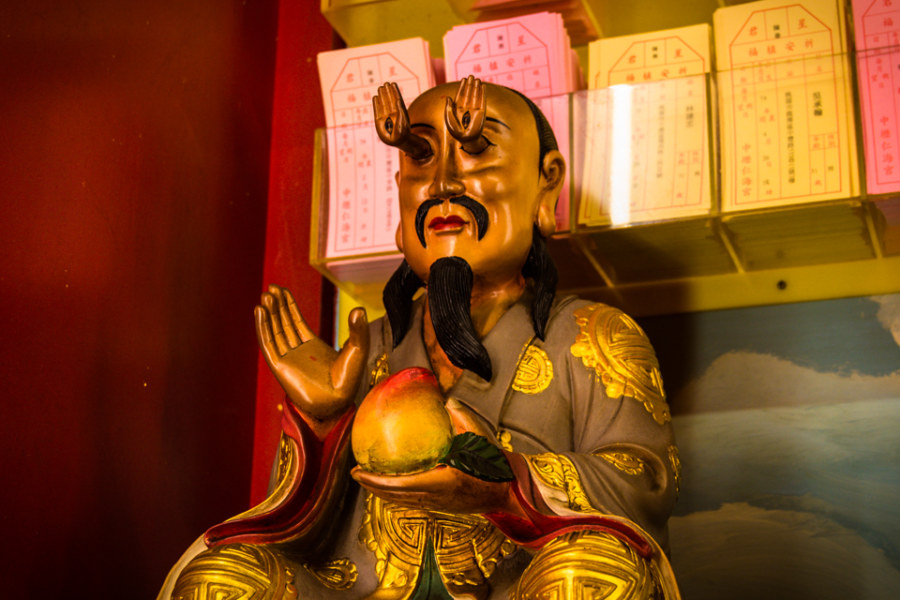
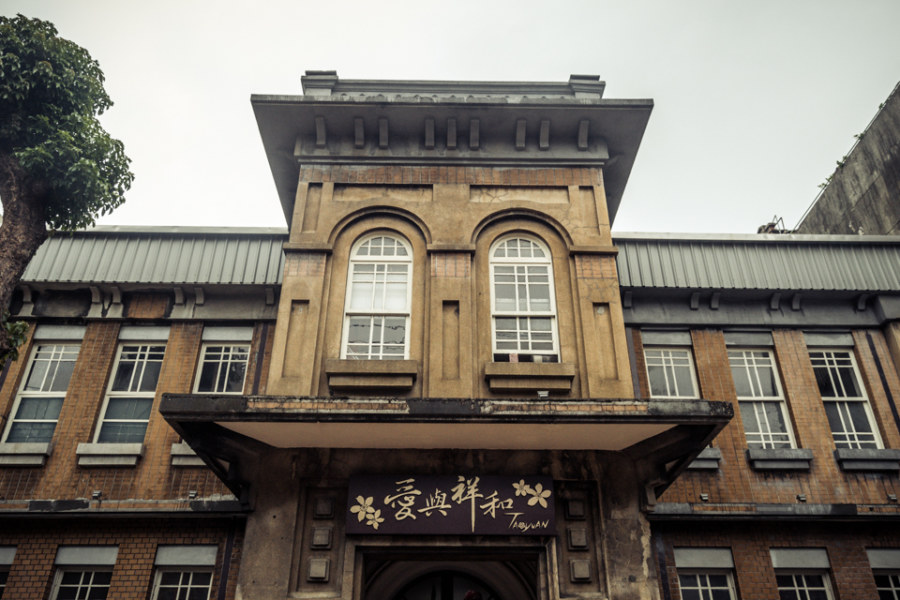
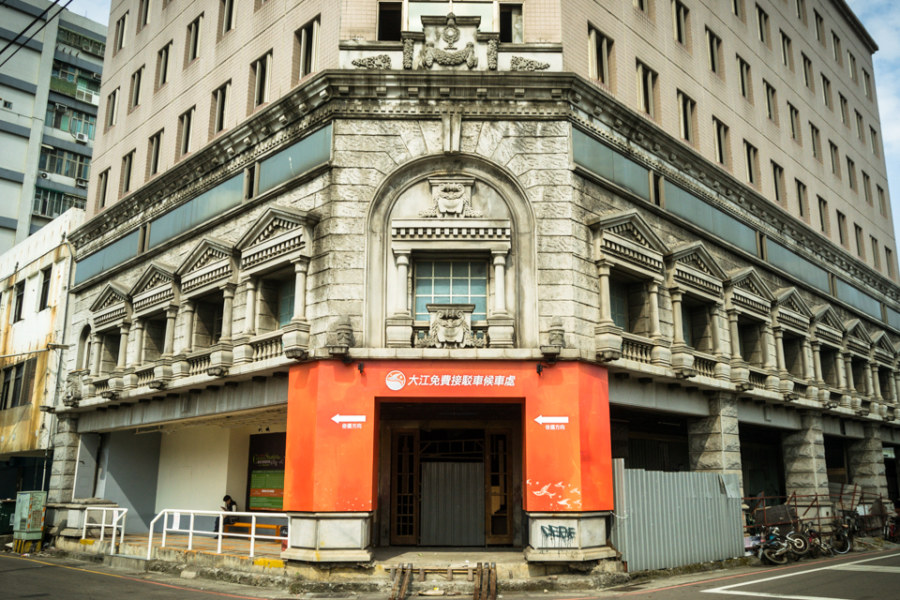
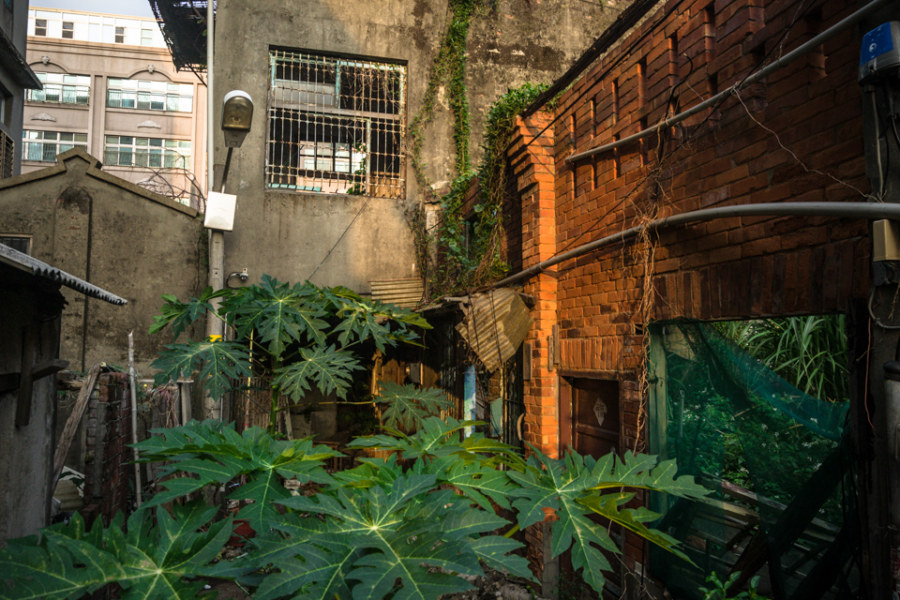
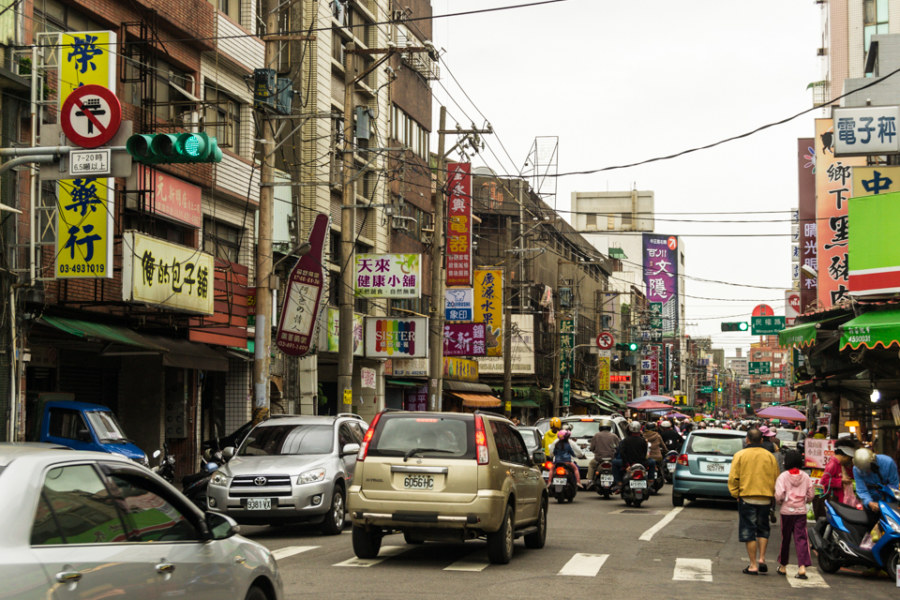
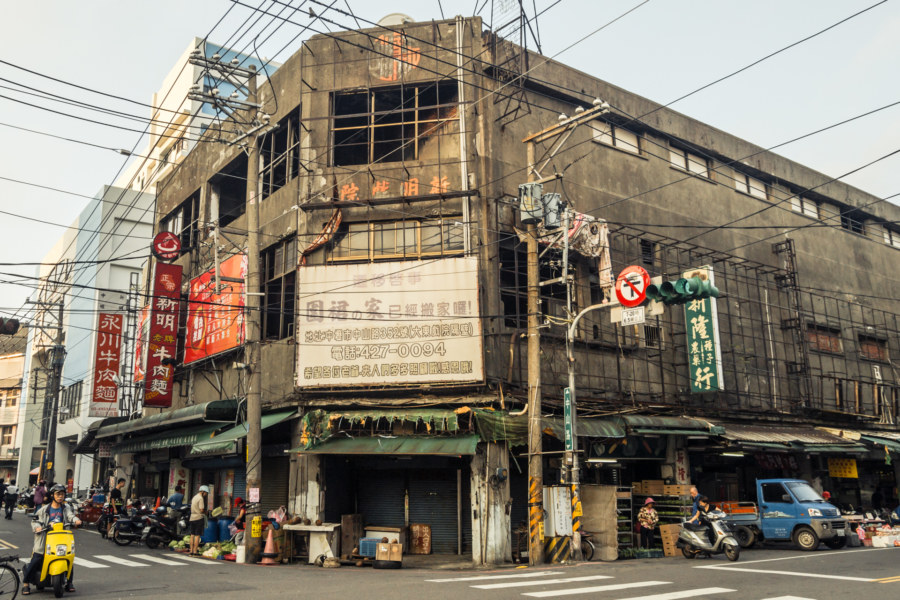
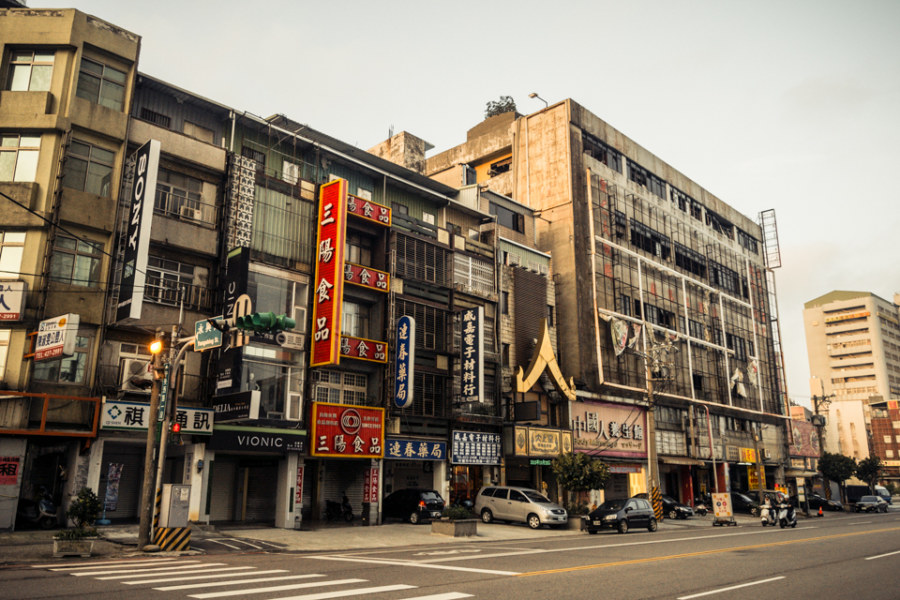
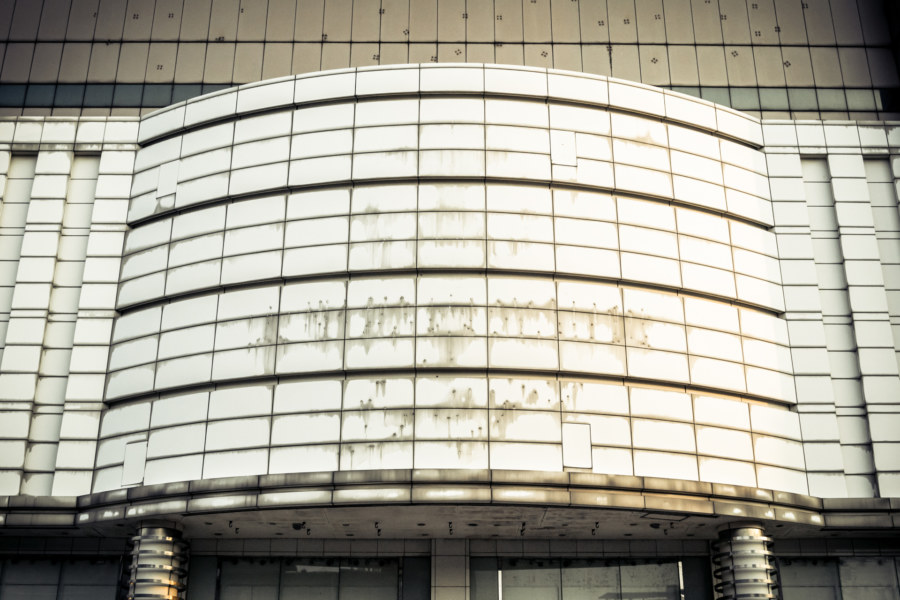
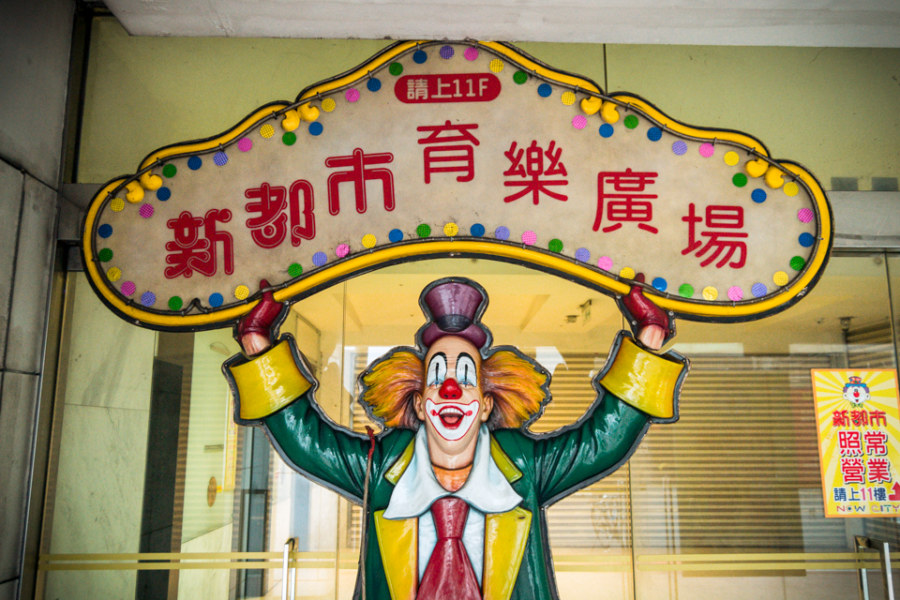
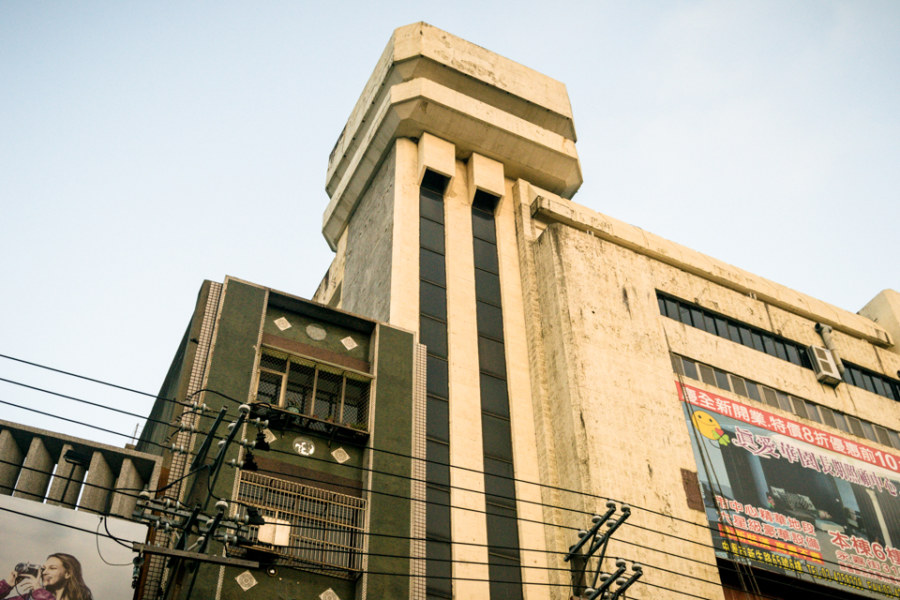
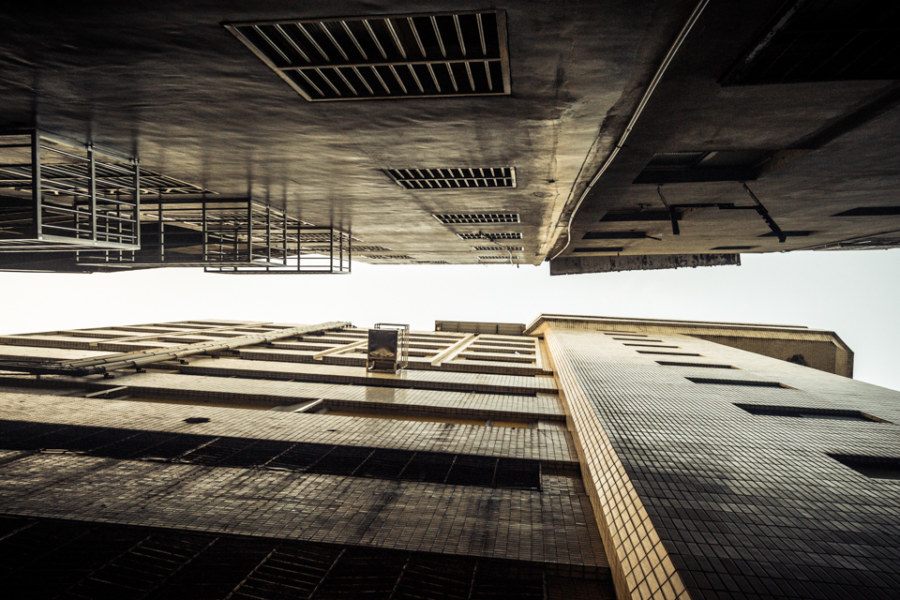
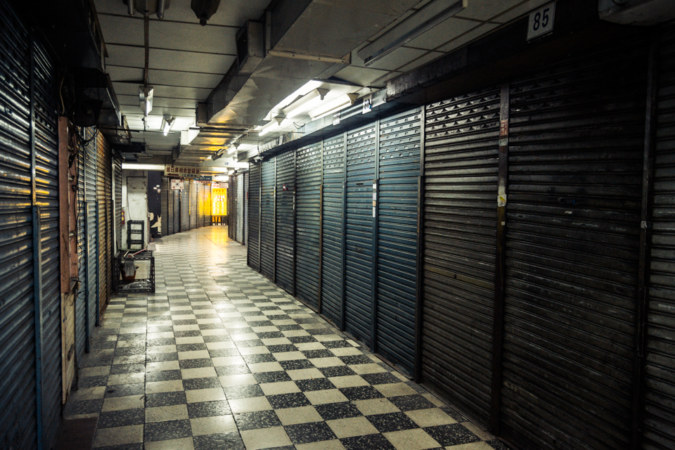
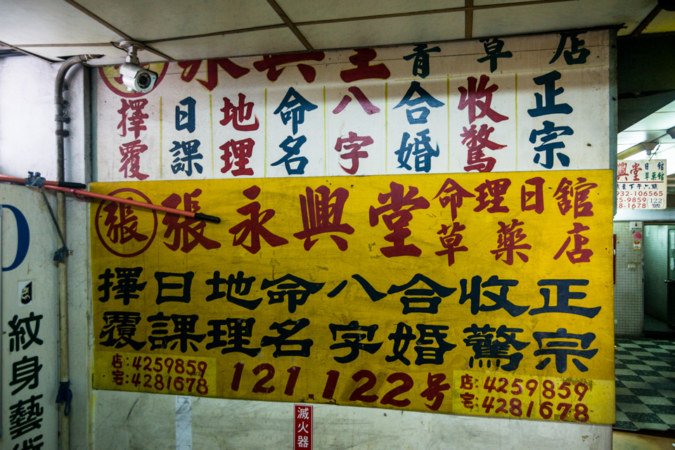
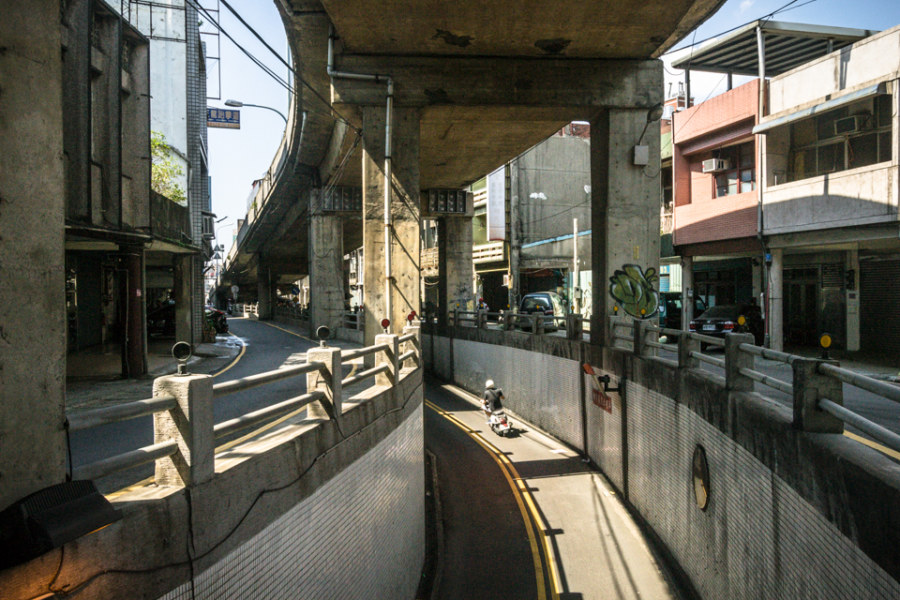
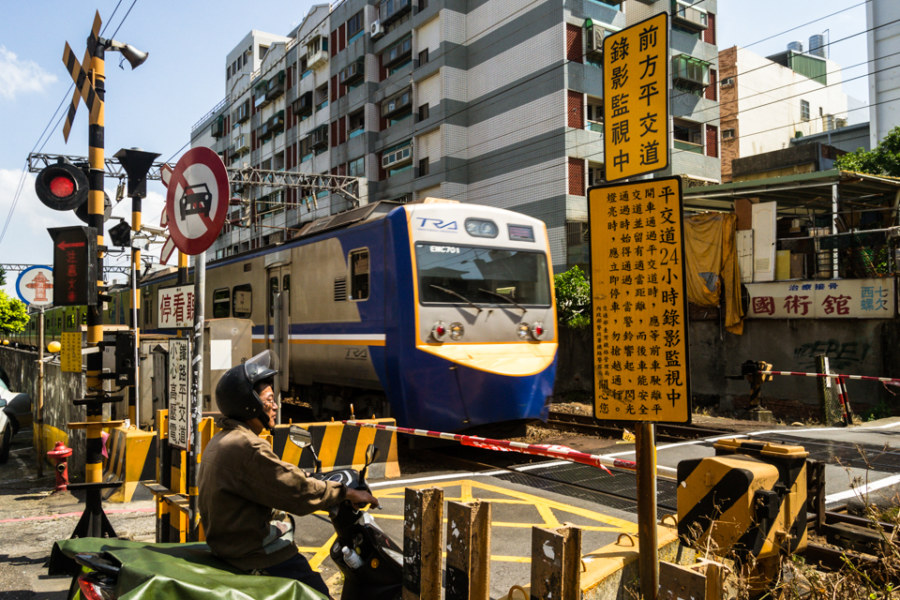
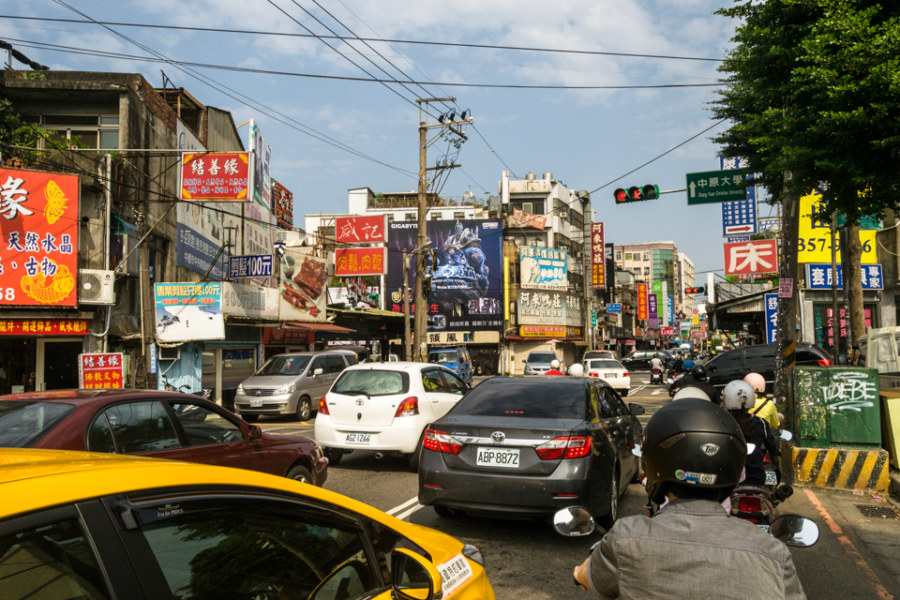
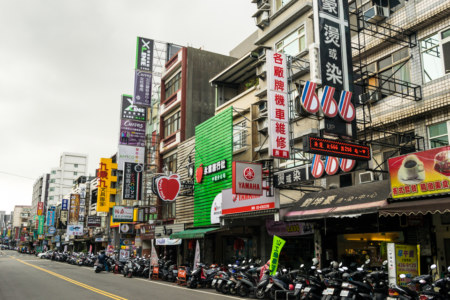
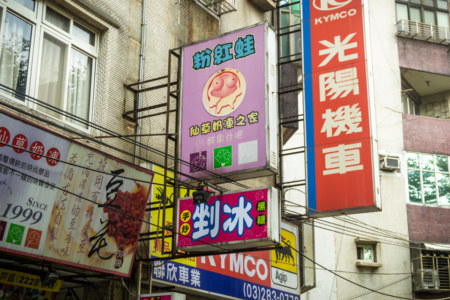
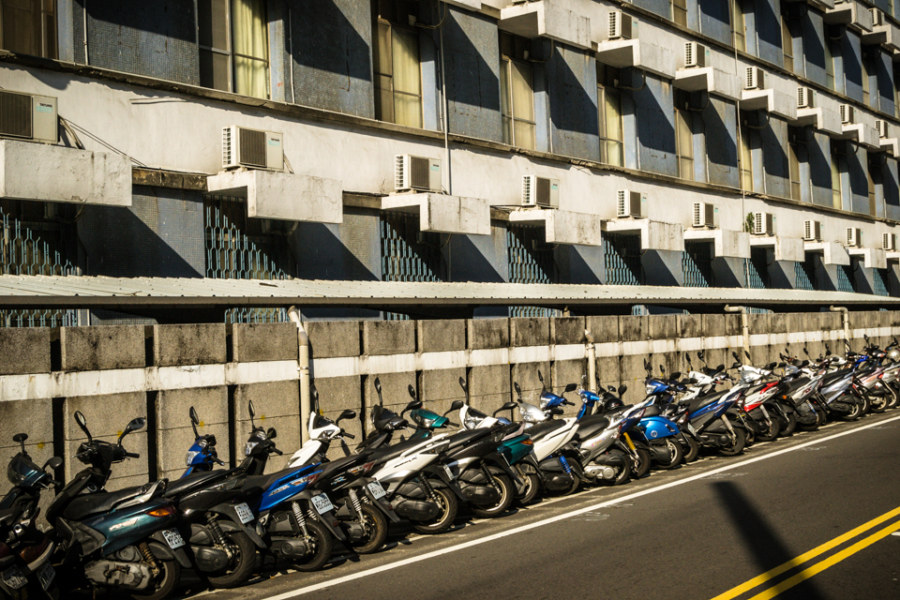
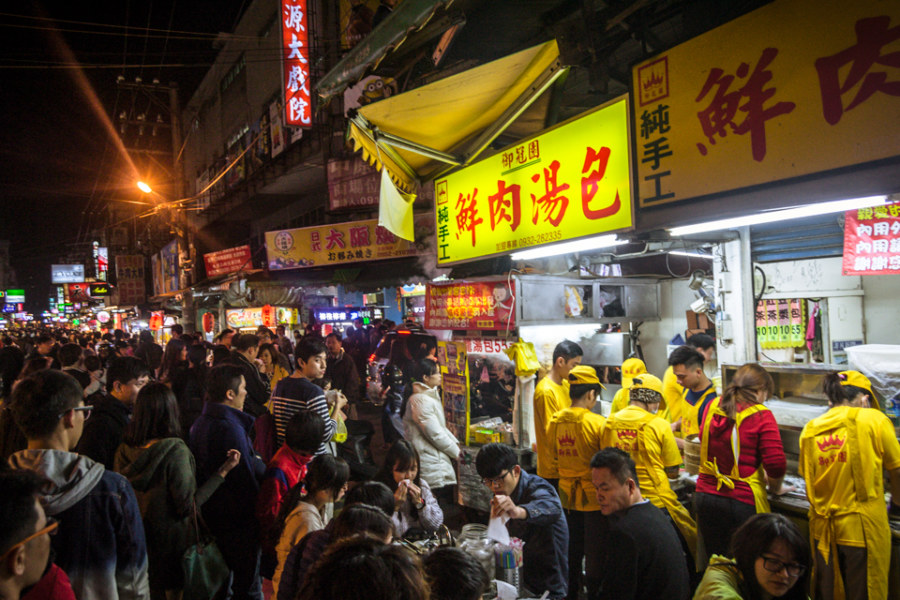
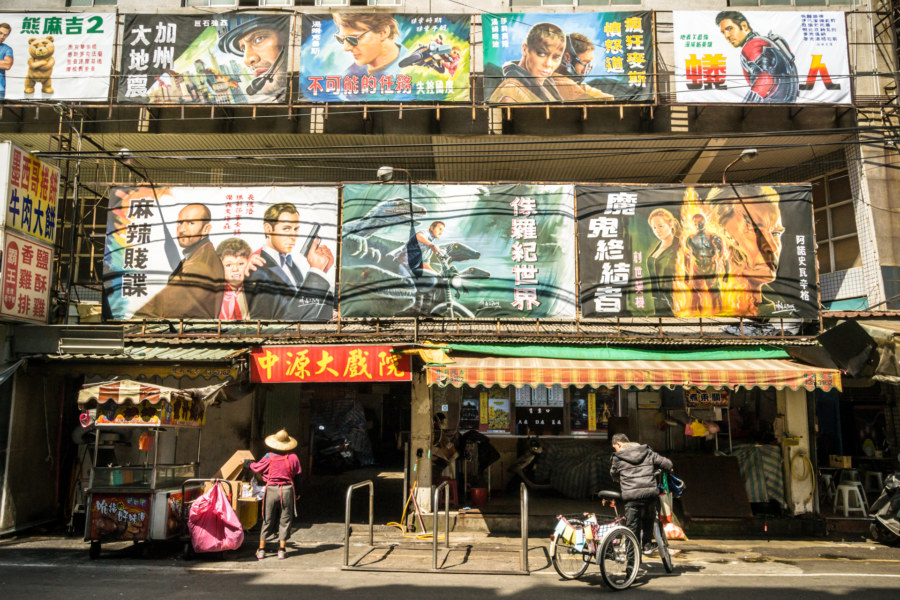
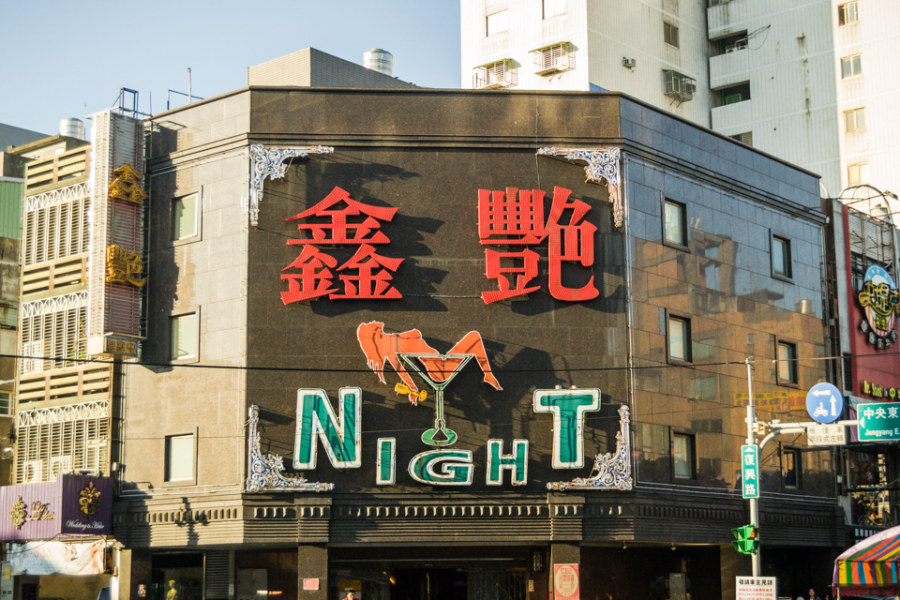
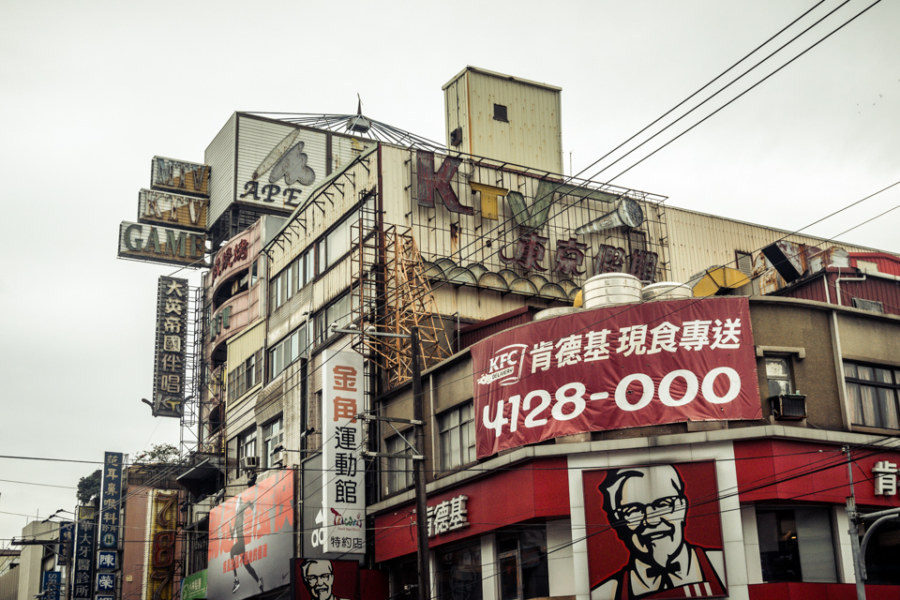
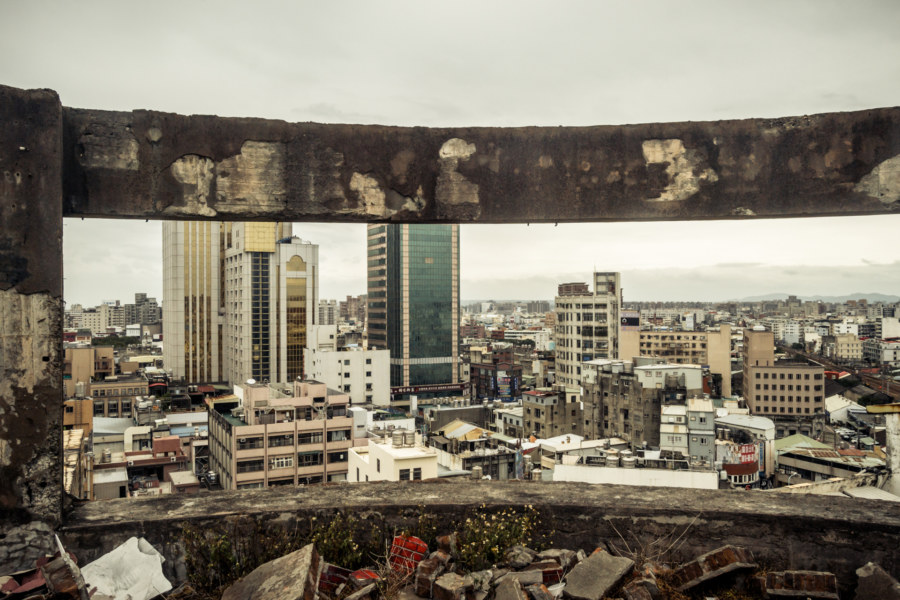
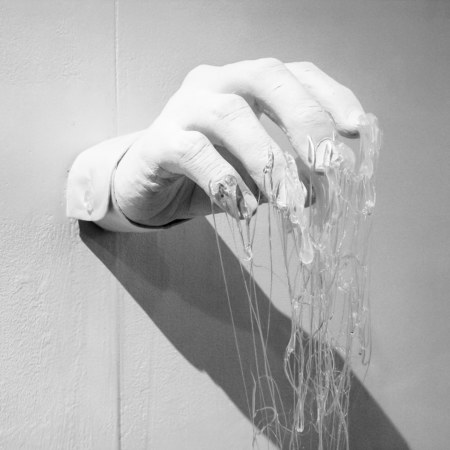
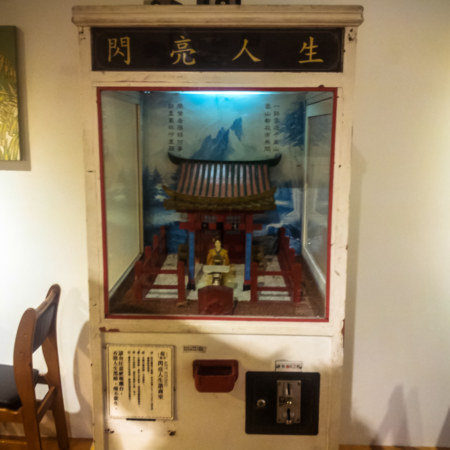
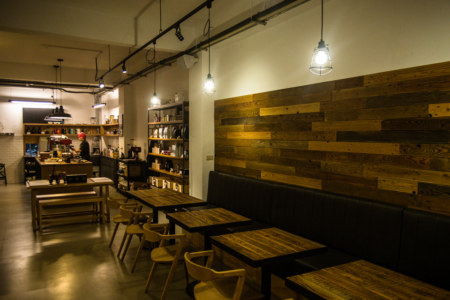
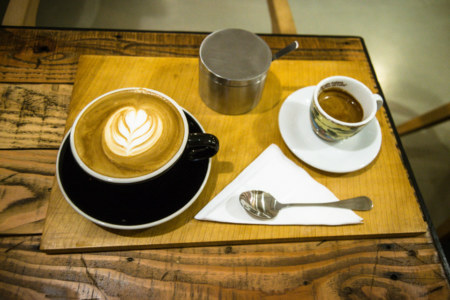
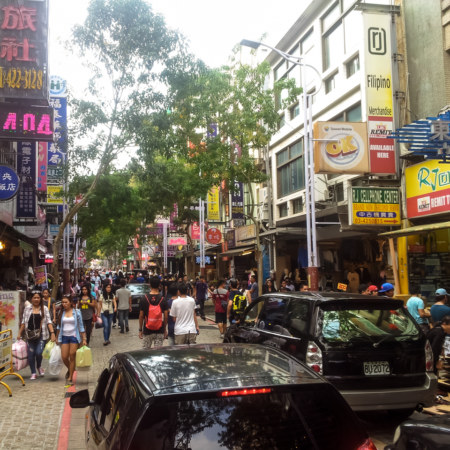
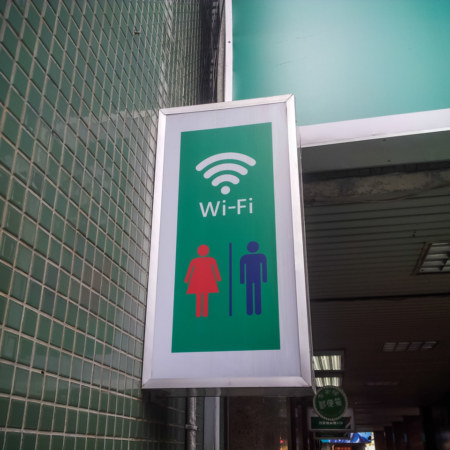
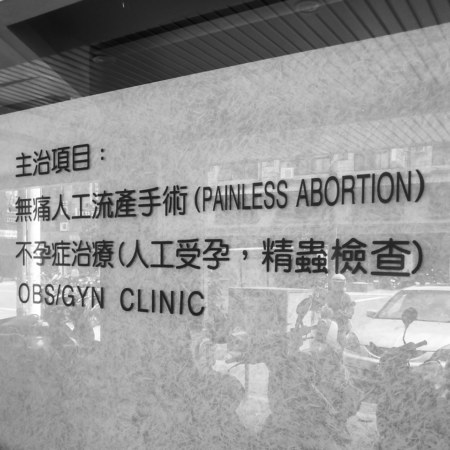
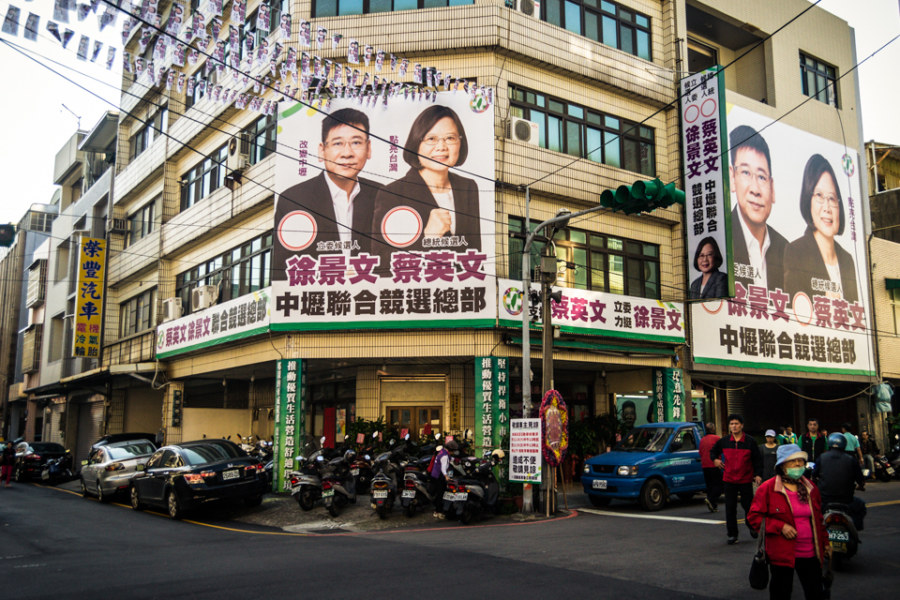
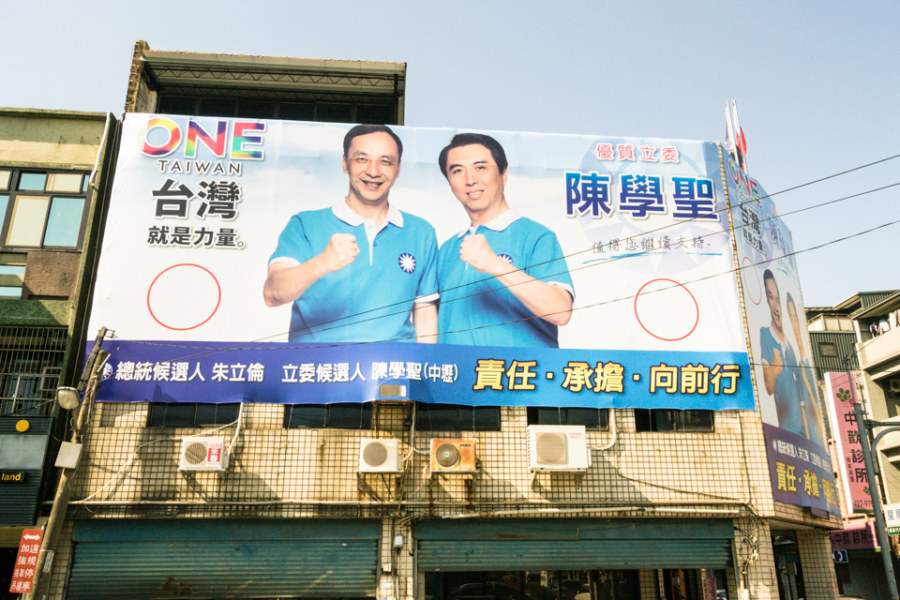
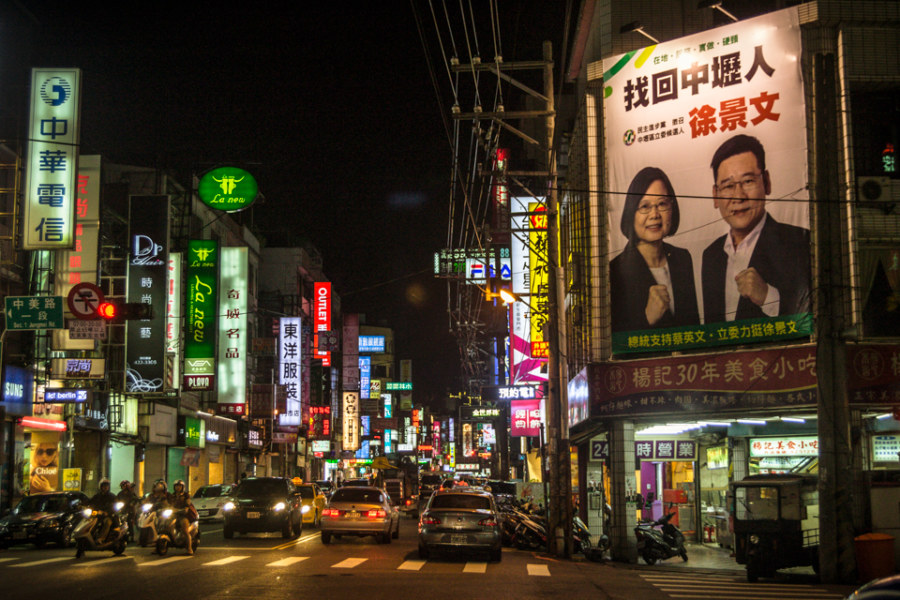
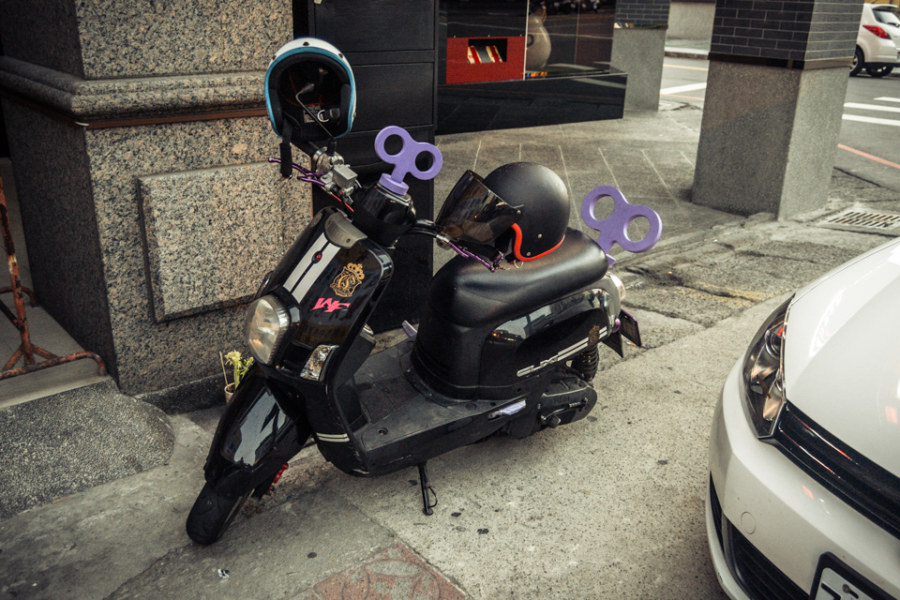
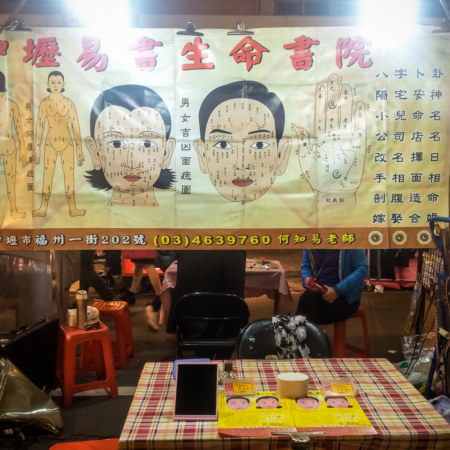
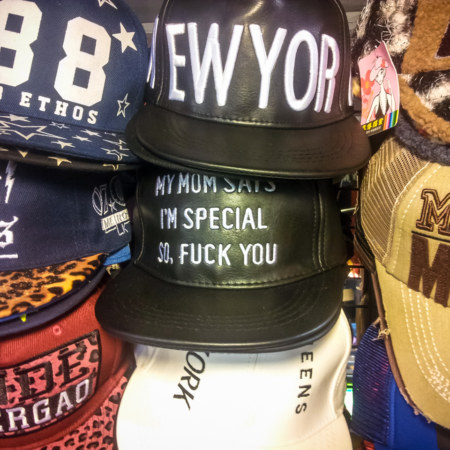
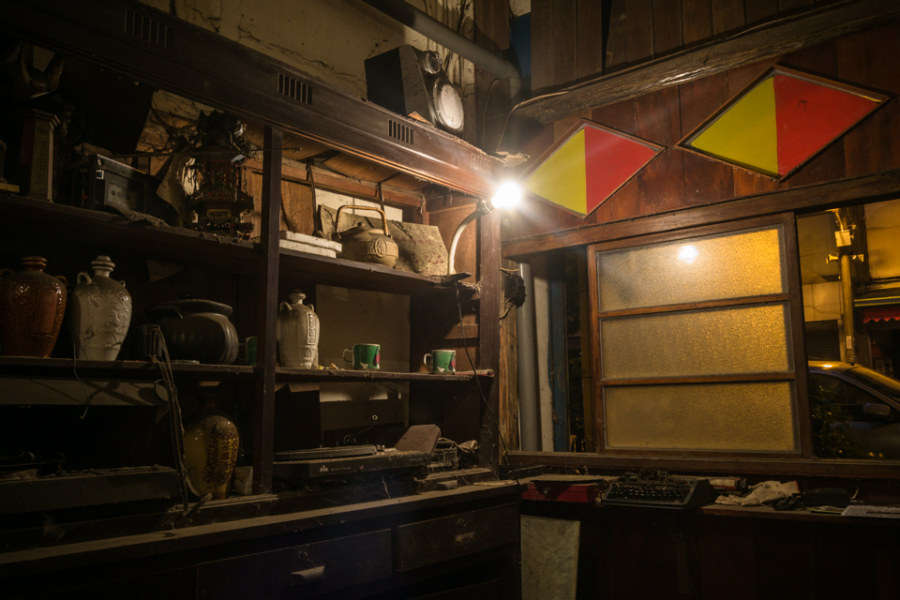
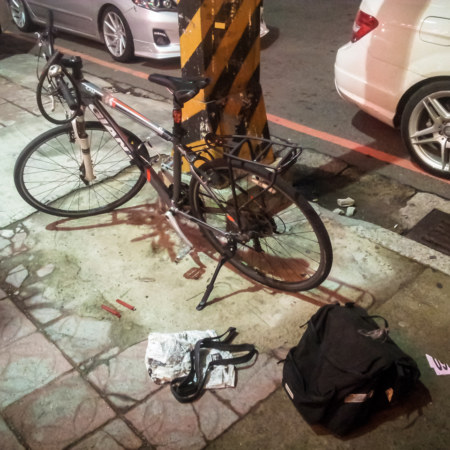
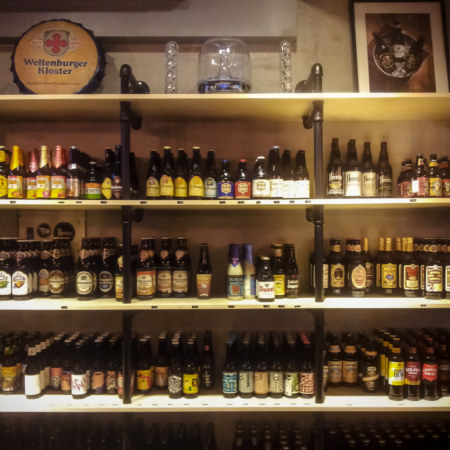
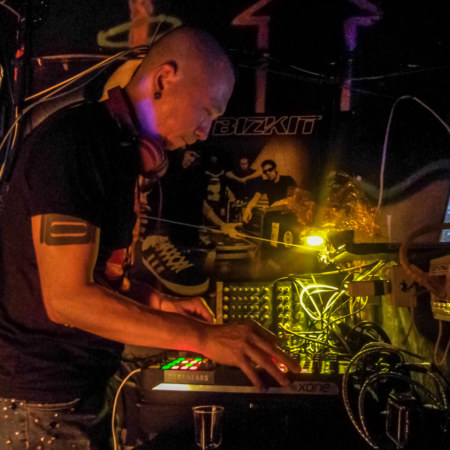
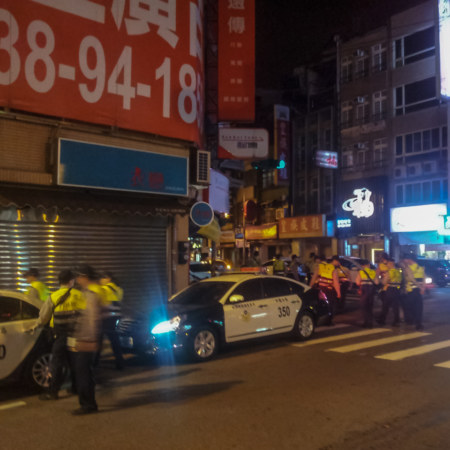
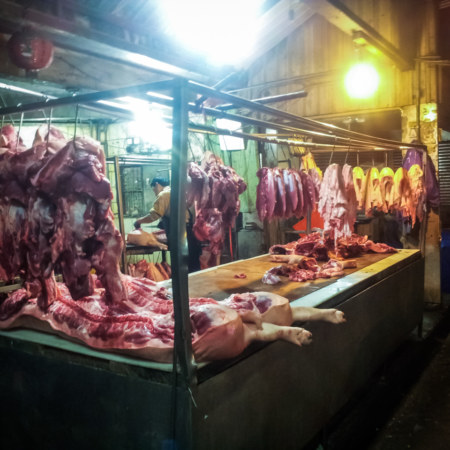
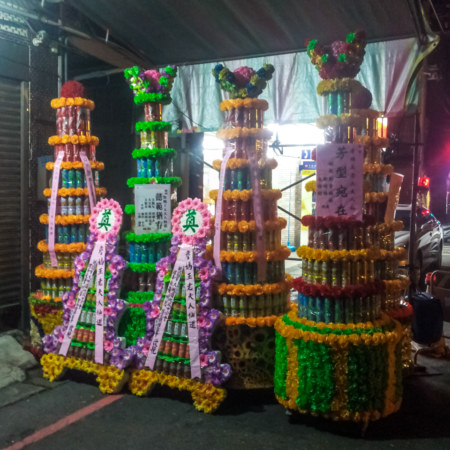
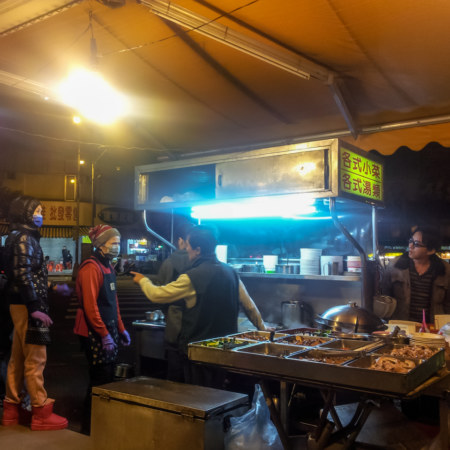
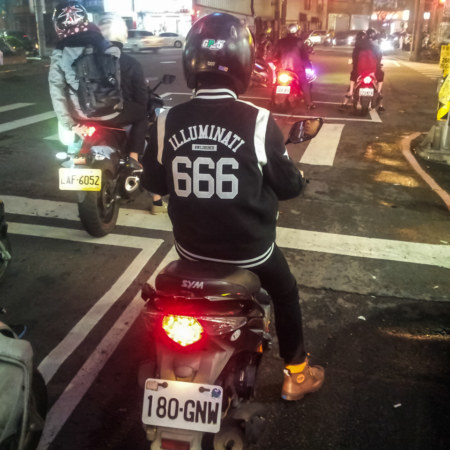
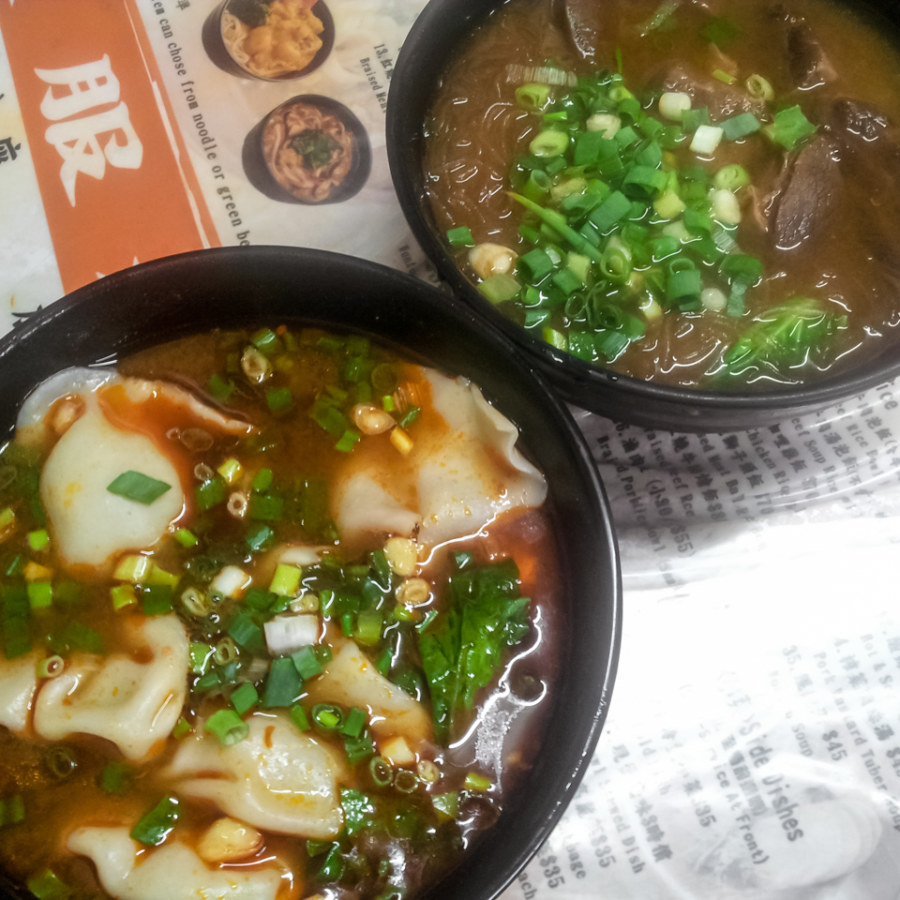
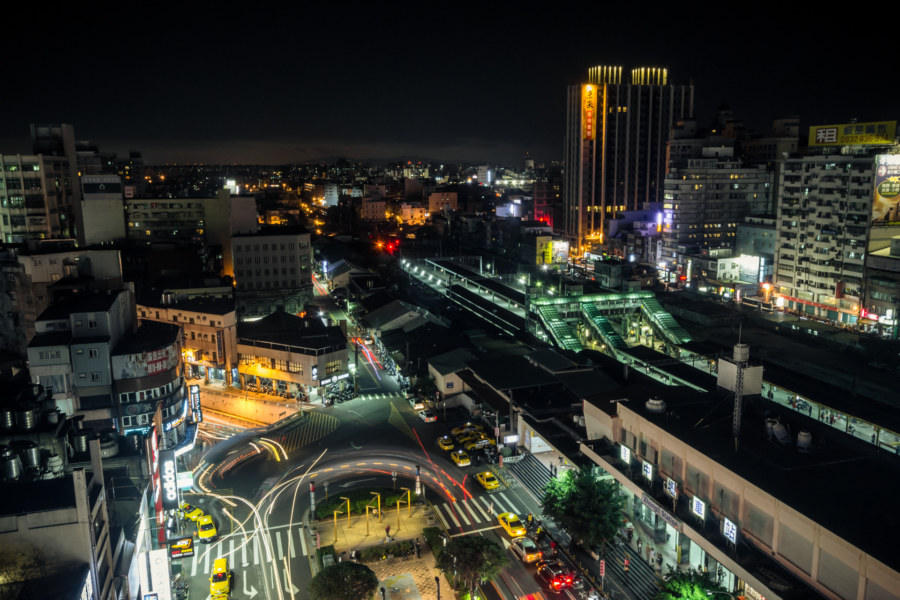
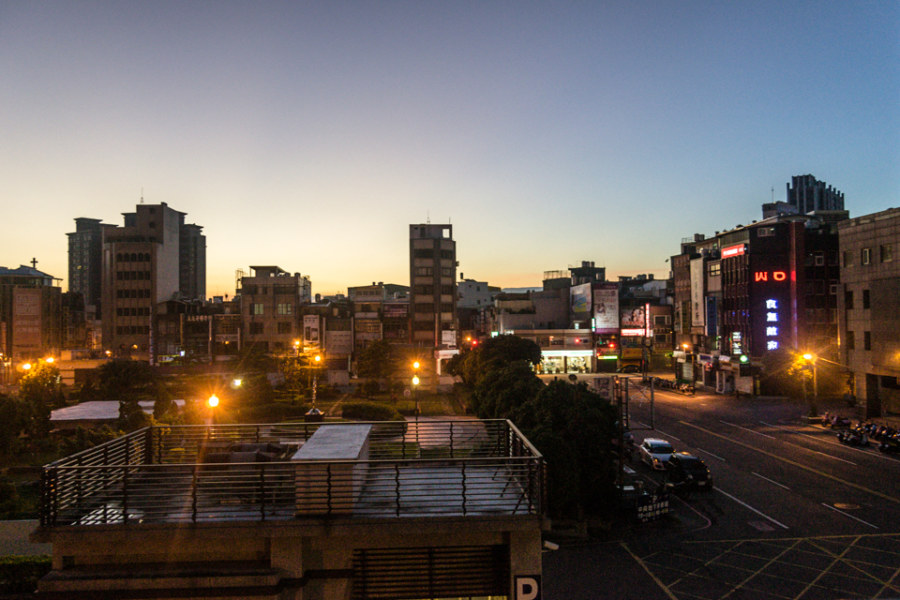
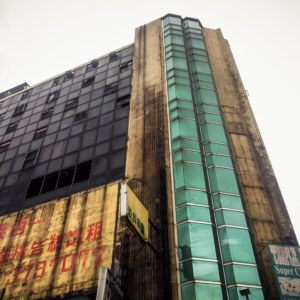
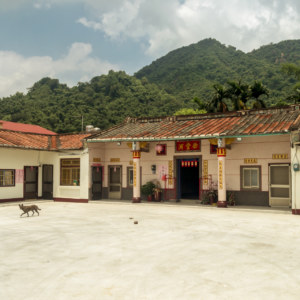
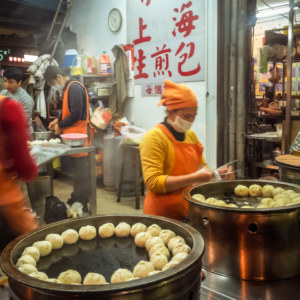
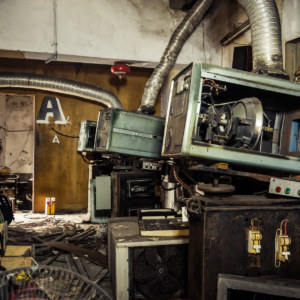
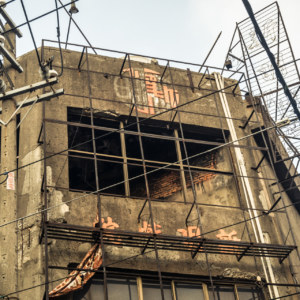
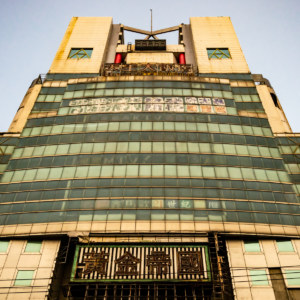
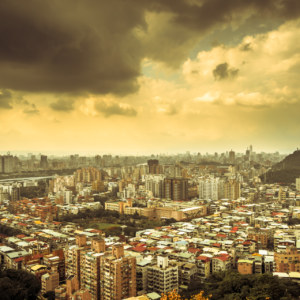
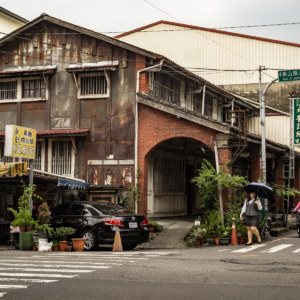
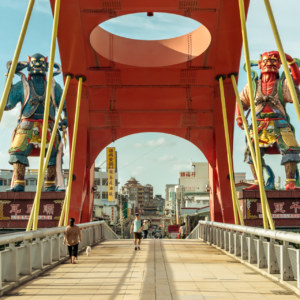
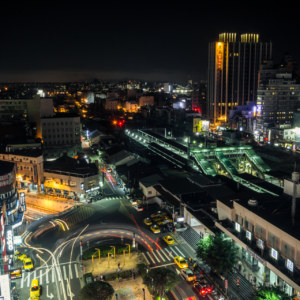
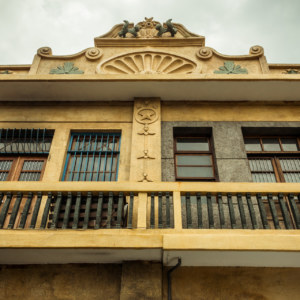
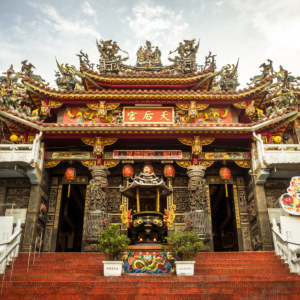
There are many traditional industries in the half-abandoned market, include herbs, tools, sewing divisions, delicious foods, traditional dowry, etc. We always can find precious and interesting stories and treasures in the market. That’s an important memory for Zhongli. But maybe will disappear in our life soon in government’s planning.
A-Ru: I hear the old market is due to be destroyed sometime soon. If I’m not mistaken there was also a theater upstairs at one point. Honestly I didn’t poke around that building as much as I really should have…
We call the market ” da-shi-zhong,” it mean “big clock.” There was a big clock in front of the market, and skating rink, dancing hall upstairs at one point. Thank you for shooting these photo, I really really like it!
Hi Alex, for a little while since tracing your bike tour in the west of Taiwan. Today, I grab this entry unpurposedly, still applealing with your photos of Taiwan’s structure and daily life. It’s very scenic like a slow-moving movie.
I live in Hanoi, one of the two biggest cities of Vietnam along with Saigon(HCM city) in the south. I’m very impressive with the infrastructure planning and cultural street life of Taiwan’s cities; the streets, roads and houses are very Asian, neat but still vivid compared with the same cities in other countries such as in Japan, their cities are very well-organized and clean, sometimes overwhelmed but sleepy most of time, not so lively ,I think; Hongkong is so busy; Chinese cites like Shanghai, Guangzhou are too crowd and overpopulated in order easy-boring; Singapore is perhaps alike Taiwan the most. Lastly, being undoubtedly distinctive from cities of our poor country that is dirty, chaotic and messy. That’s why I think Taiwan is so attrative in their own way that must-see in Asia.
Oh one more things, It’s very supprising that there are still many quaint and old houses and buildings, even left unused in cities of Taiwan today. you can only see those in villages in my country; not much available for the view in our cities. I think it’ll be soon replaced by new ones, when thinking of that, your photos are very memoriable one day. Great!
Why do Taiwanese tolerate parts of their country looking like a God-awful slum? By all accounts (especially GDP PPP) Taiwan isn’t a poor country, but parts of the island look just slightly above Jakarta or Bangkok.